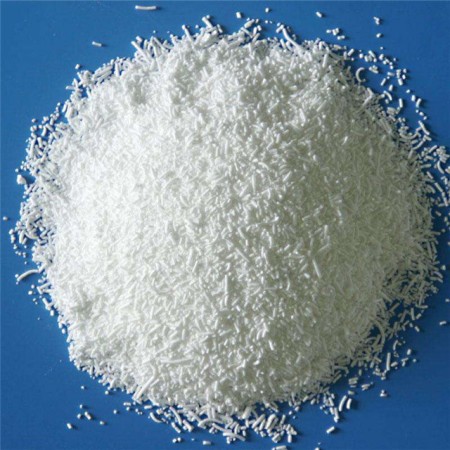
The global market for rheumatoid arthritis treatments is expected to grow at a CAGR of...
Learn More
Our consulting solutions address company specific challenges with respect to micro environment...
Learn More
Organizations frequently need day-today research guidancein order to gain strategic...
Learn More
Exploring different areas of market research and market analysis is a key factor...
Learn MoreAcute Market Reports presents the most extensive global business research services across industries. Our research studies focus on potential outcomes, benefits, and risks associated with each market segment across geographies. Having served our global clients for more than 10 years, our prime priority is to enable our clients in making well-informed business decisions through a data-driven, analytical, and uncomplicated research approach.
We provide access to the world's most comprehensive, analytical, and updated business intelligence services and solutions.




The SLS (Sodium Lauryl Sulfate) and LABSA (Linear Alkyl Benzene Sulfonic Acid) markets are important segments of the global surfactant industry. The SLS and LABSA market is expected to grow at a CAGR of 4.5% during the forecast period of 2025 to 2033...
Read More
The enteral feeding formulas market encompasses a range of nutritional solutions administered to patients via the gastrointestinal tract when oral intake is inadequate, impossible, or unsafe. This method of feeding is used across various healthcare settings including ...
Read More
The gracey curette market is expected to grow at a CAGR of 10.1% during the forecast period of 2025 to 2033, driven by the increasing prevalence of periodontal diseases, technological advancements in dental instrumentation, and the growing emphasis o...
Read More




